PsychNewsDaily Publishers
100 Summit Drive
Burlington, MA, 01803
Telephone: (320) 349-2484
PsychNewsDaily Publishers
100 Summit Drive
Burlington, MA, 01803
Telephone: (320) 349-2484
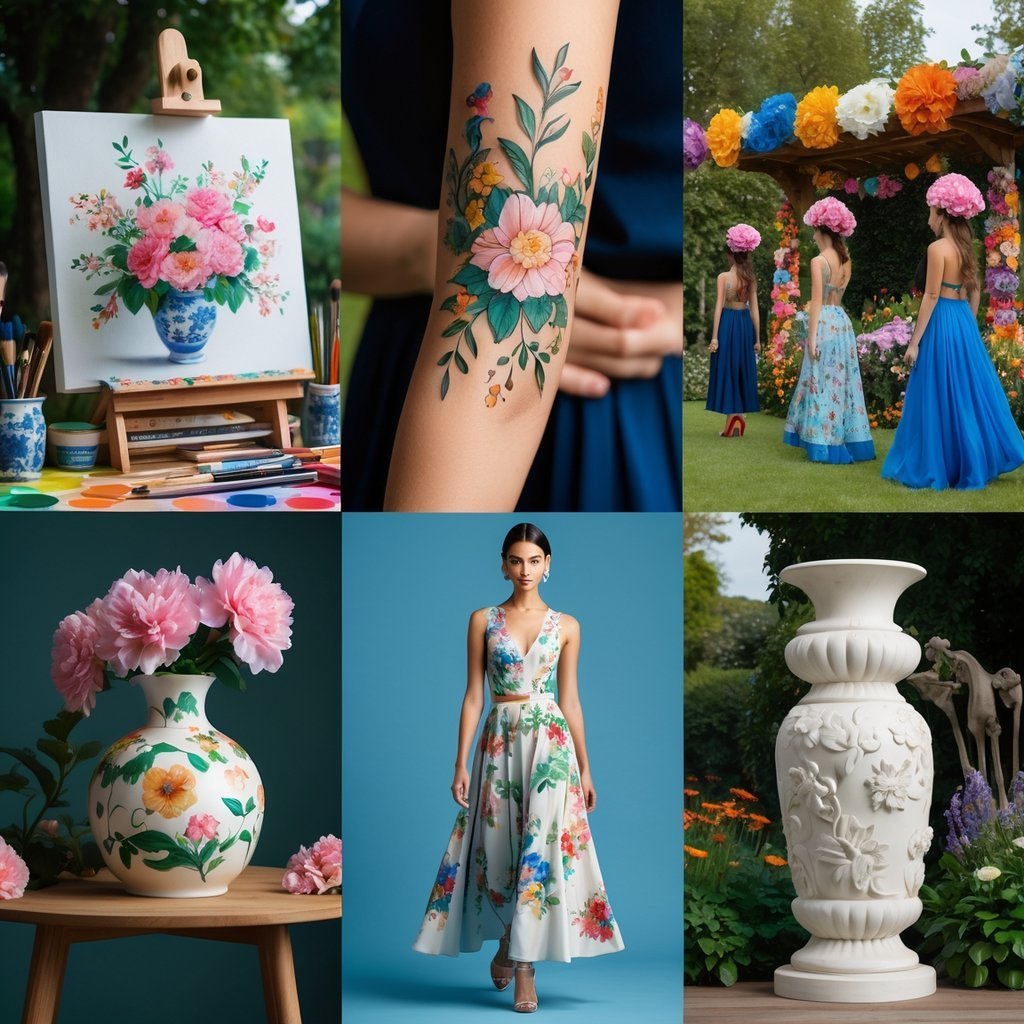
Flowers have always played a big role in how we see beauty and meaning in life. You’ll spot their influence everywhere—gardens, sure, but also in art and all sorts of cultural traditions.
Their colors and shapes, even their stories, have sparked creativity for generations. It’s wild how much impact a simple bloom can have.
You might be surprised by how flowers have shaped different forms of art and culture in ways you may not have noticed before. Let’s look at some of the most fascinating ways flowers have left their mark, connecting nature with human creativity.
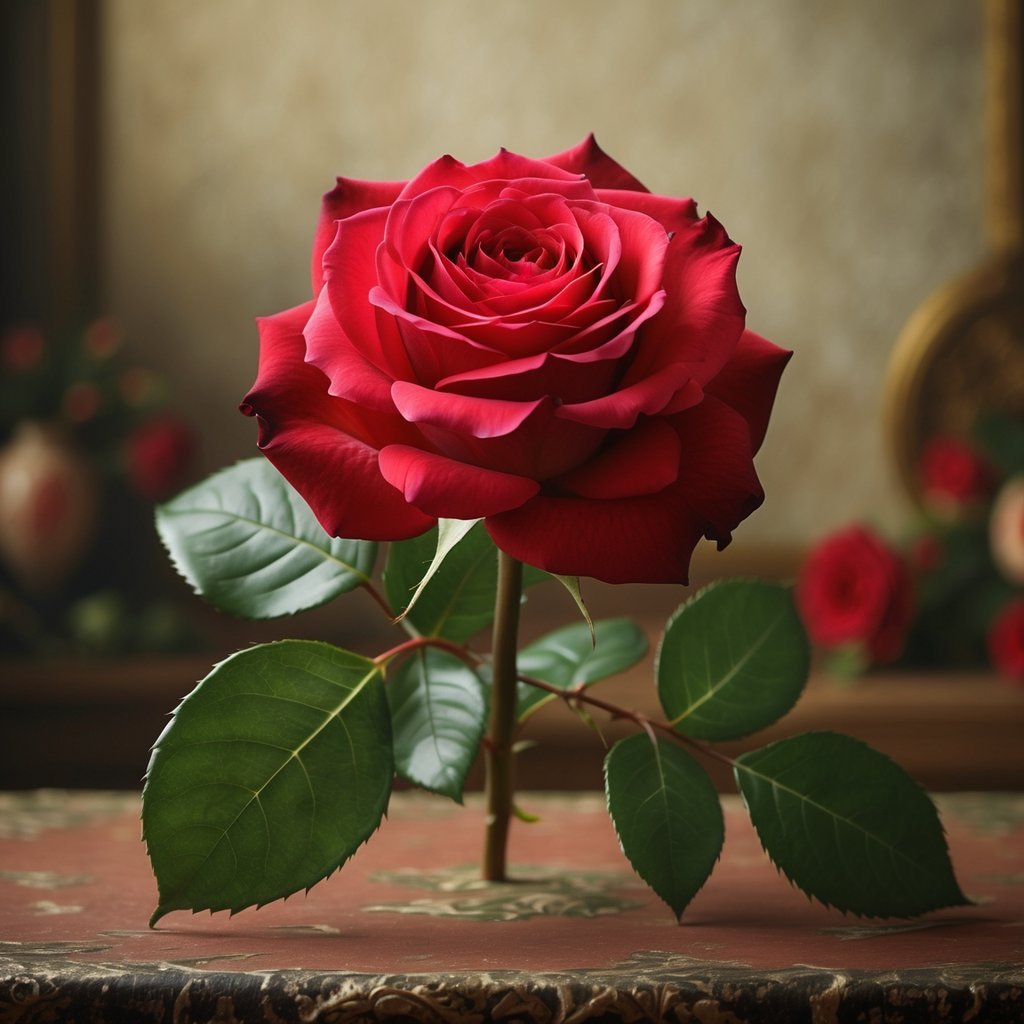
Take a look at Renaissance paintings and you’ll spot roses everywhere, representing love and beauty. The rose meant more than just a splash of color—it stood for deep feelings like passion and desire.
Artists picked certain roses on purpose to tell their stories. A red rose? That usually meant strong love or maybe even physical attraction.
You’ll often see roses in marriage or romance scenes. These flowers let artists say a lot about love without needing words.
Every detail mattered back then. Sometimes a single rose said everything about the heart and soul. Next time you see a painting with roses, just remember—they’re not just for decoration. They’re speaking about love in all sorts of ways.
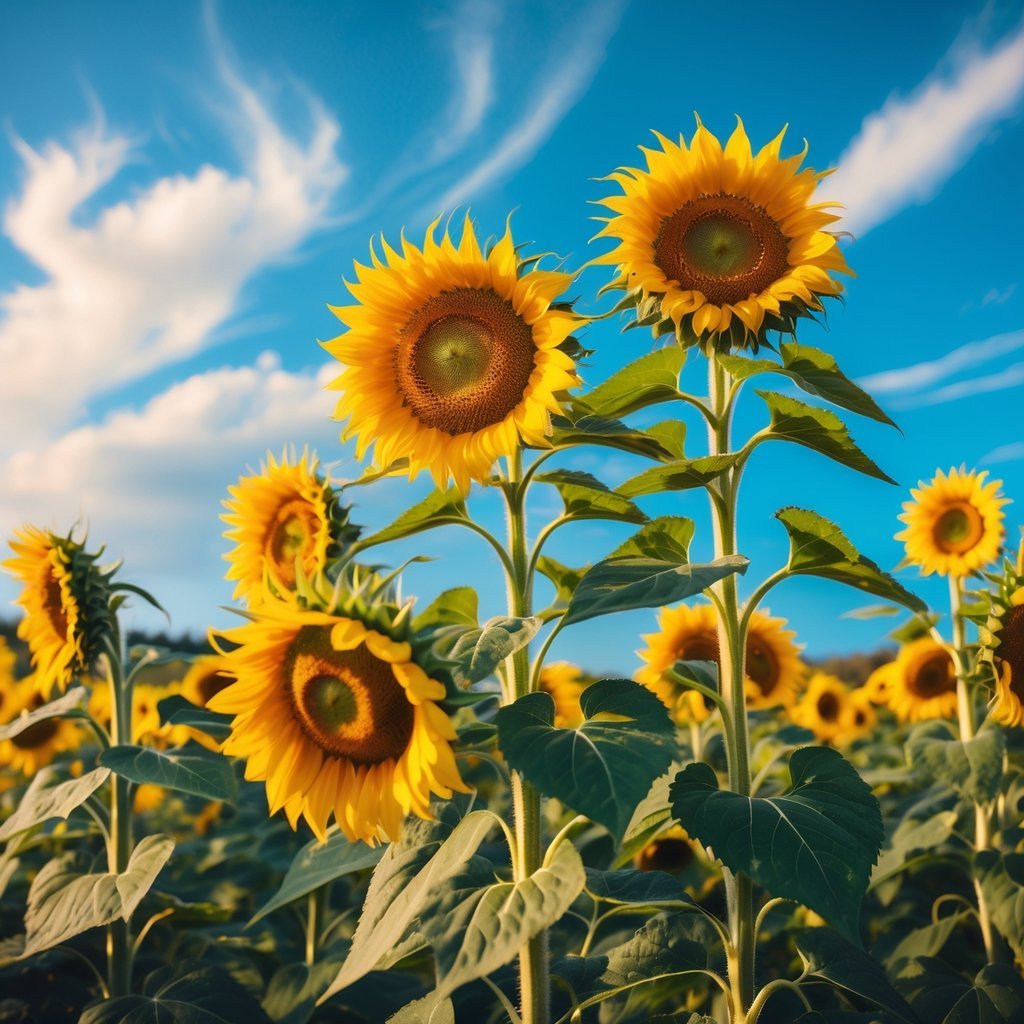
Van Gogh’s sunflower paintings show more than flowers. He brought them to life with bold brush strokes and vivid yellows. Sunflowers meant a lot to him—they stood for warmth and happiness.
He painted several sunflower pieces to brighten up his home. You can feel his passion in the way he captured their beauty, even as the petals wilted.
This series changed how people saw flowers in art. These days, a sunflower often brings Van Gogh to mind, along with his wild energy and love for color.
His work still inspires artists all over the world.
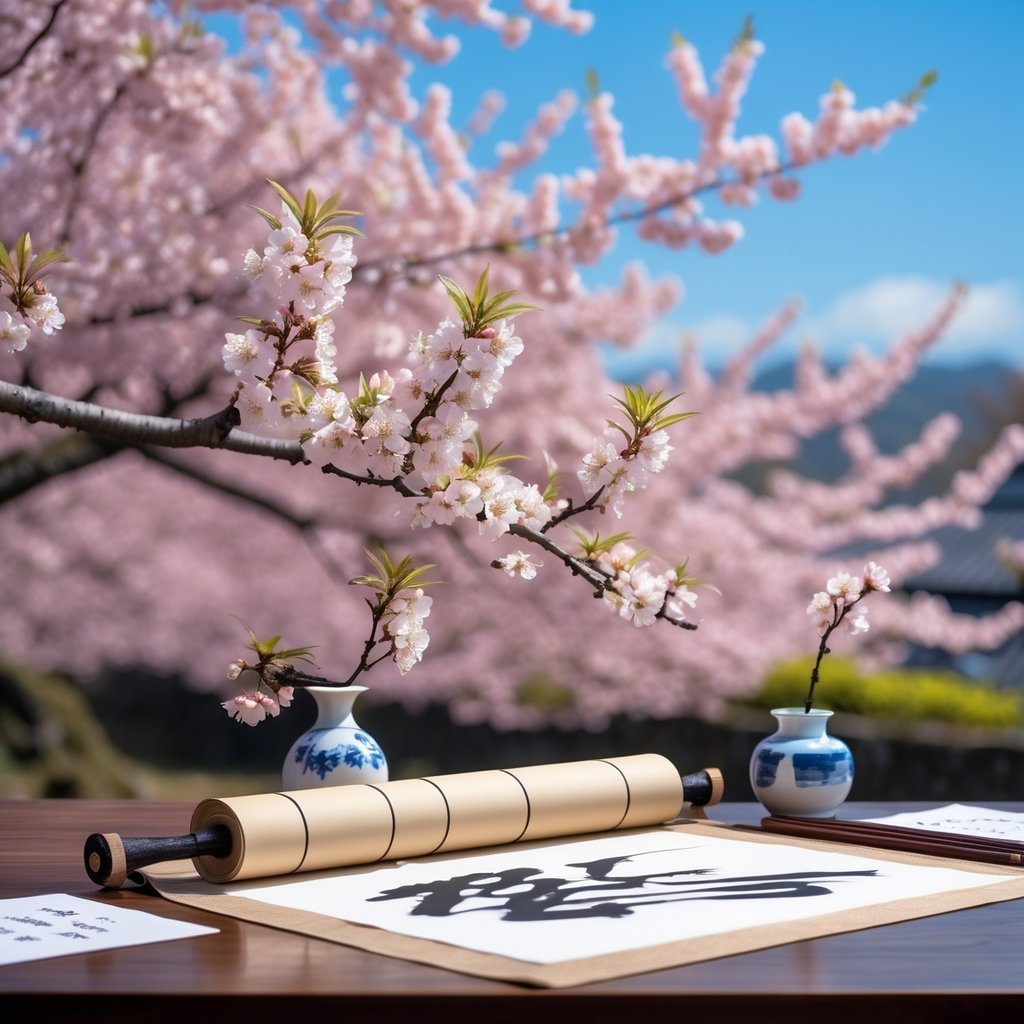
Cherry blossoms, or sakura, have inspired Japanese poets for centuries. Their short bloom makes you think about how life is beautiful but doesn’t last forever.
You’ll spot cherry blossoms in Japanese art as well, often symbolizing renewal and hope. They show up in paintings, prints, and of course, classic haiku poems.
These flowers connect people to nature and the changing seasons in a way that just feels honest. By enjoying sakura in poetry and art, you join a tradition that invites you to reflect on life’s fleeting moments.
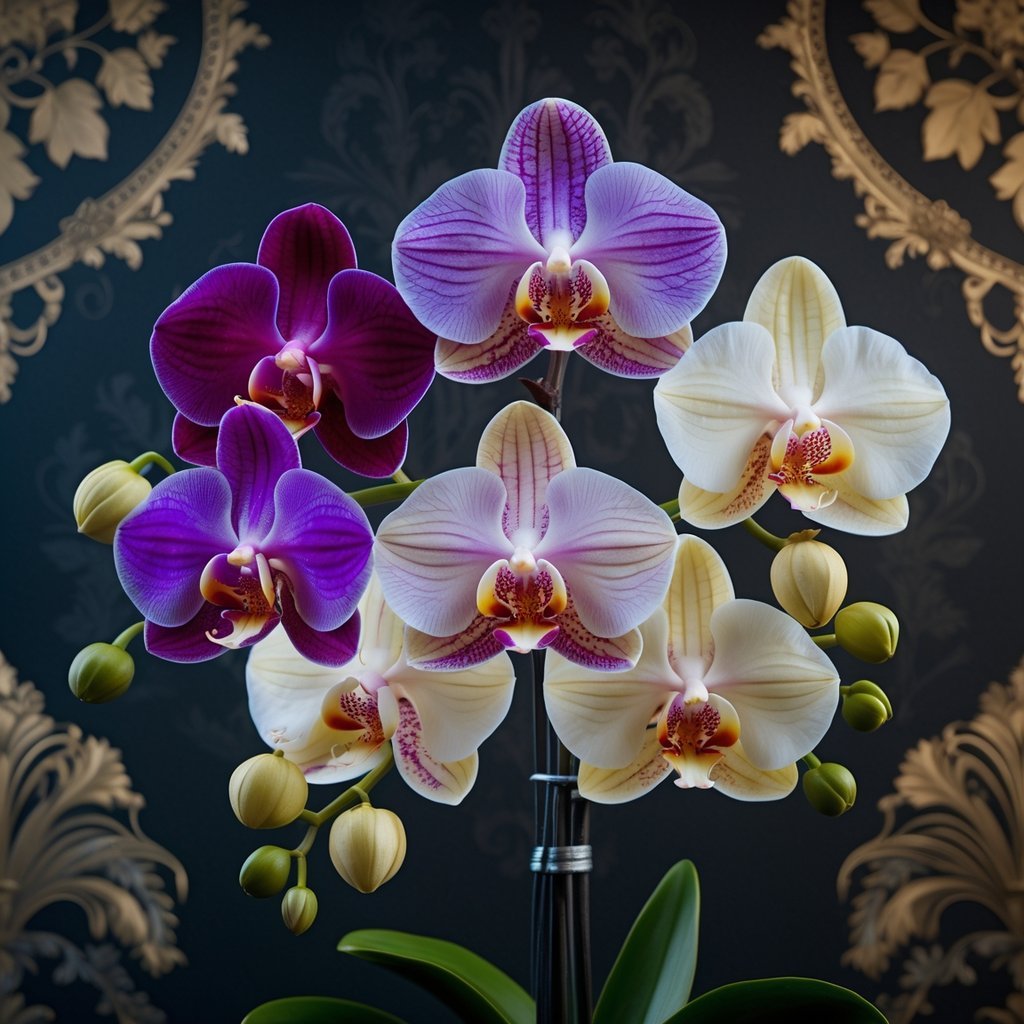
Back in Victorian times, people saw orchids as a symbol of luxury and beauty. You’ll notice them in paintings and all sorts of decorations from that era—they really screamed “wealth.”
Owning orchids meant you had good taste and money to spare. Folks admired their delicate shapes and bright colors, so artists loved using them as subjects.
In Victorian art, orchids often stood for elegance and high social status. These flowers let people express feelings like love and admiration in a subtle, graceful way.
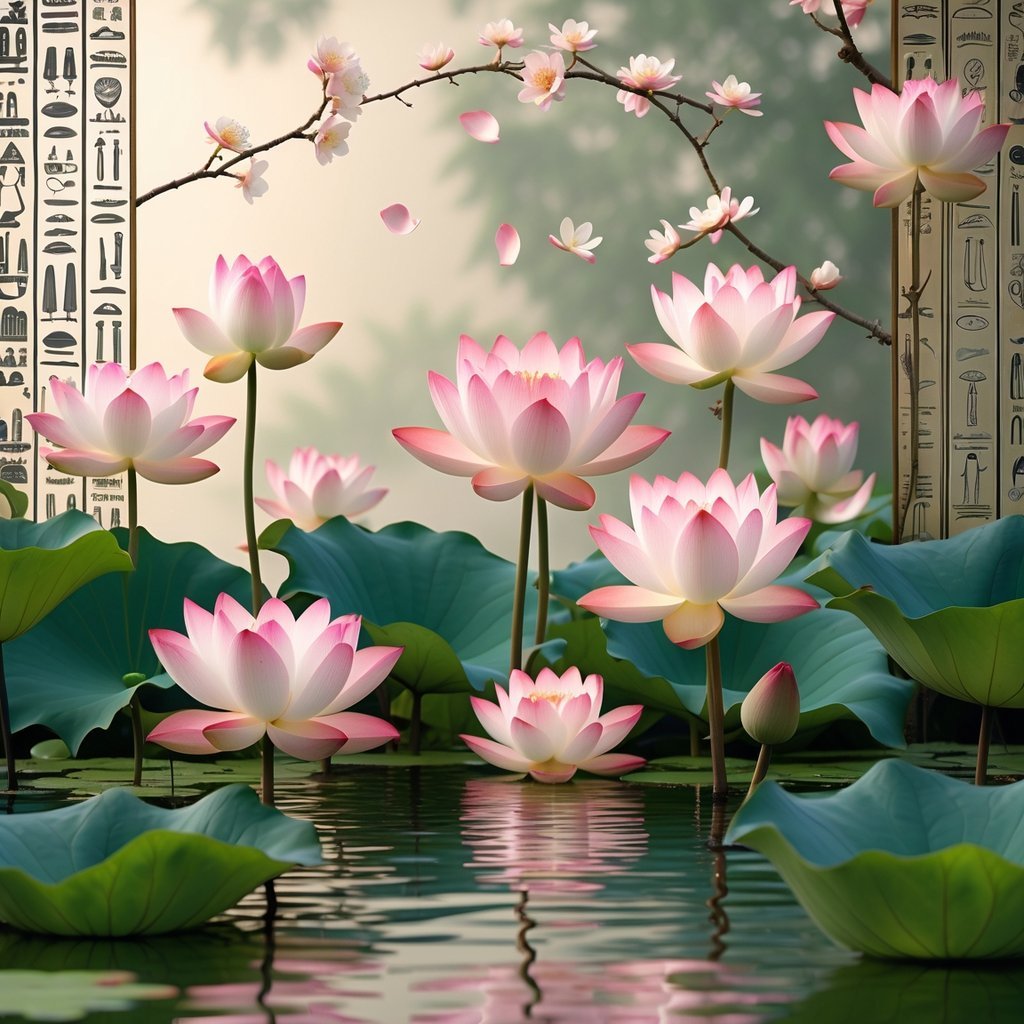
You’ll spot lotus flowers in ancient Egyptian and Asian art all the time. Egyptians saw the lotus as a symbol of life and rebirth. They linked it to the sun, since the flower opens in the morning and closes at night.
In places like India and China, the lotus stands for purity and spiritual growth. It grows in muddy water but stays clean, which is honestly kind of inspiring.
The lotus shows up everywhere—religious art, stories, even architecture. It wasn’t just pretty; it carried deep meanings that shaped culture and belief in those regions.
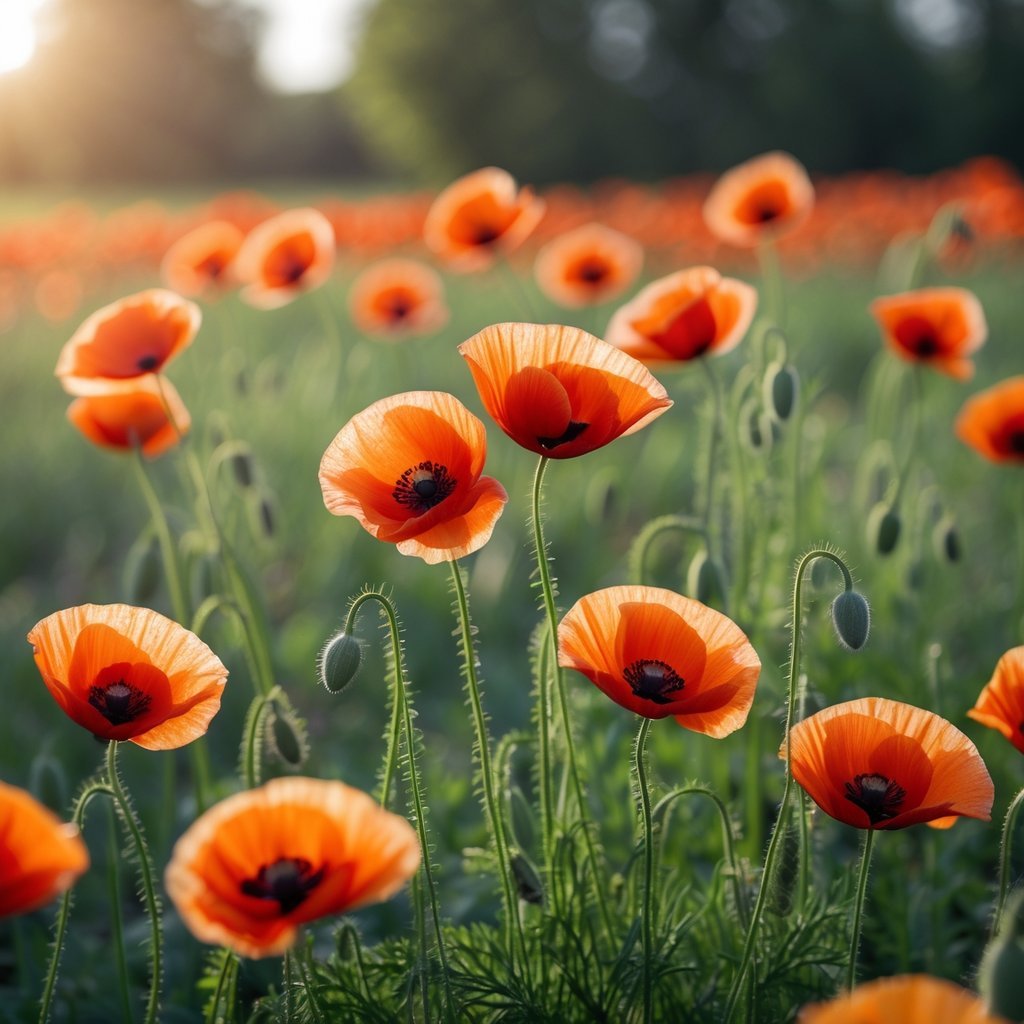
You’ll probably spot poppies popping up a lot in World War I art.
These red flowers grew all over the battlefields, especially out on the Western Front.
Their bold color made people think of blood and sacrifice—hard to miss that connection, honestly.
Artists chose poppies to capture both the strange beauty and the awful side of war.
When you see poppies in paintings or poems, they nudge you to remember those who fought and died.
Wearing a paper poppy on Remembrance Day ties you right into that history.
It’s a small gesture, but it’s one way to honor the fallen and think about what war really costs, all through art and memory.